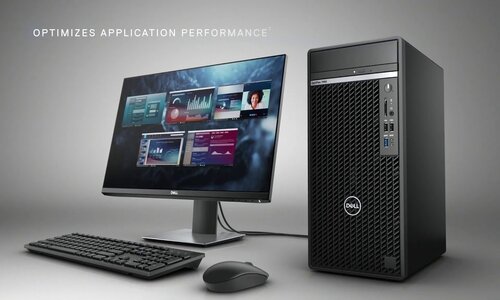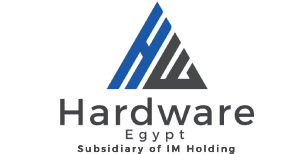Tips for Selecting Compatible PC Parts

PC Parts Egypt
In the ever-evolving world of technology, building your own PC remains a popular choice for gamers, enthusiasts, and those seeking customized performance and value. Egypt offers a thriving market for PC parts, providing a wide range of options to suit diverse needs and budgets. Whether you’re a seasoned PC builder or a novice venturing into the world of DIY computing, this guide will equip you with the knowledge to navigate the Egyptian PC parts landscape and assemble your dream PC.
Unveiling the Essential PC Parts
The core components of a PC include:
- CPU (Central Processing Unit): The ‘brain’ of the computer, responsible for executing instructions and processing data.
- Motherboard: The central circuit board that connects all the components, providing the pathways for data transfer and communication.
- RAM (Random Access Memory): Temporary storage for data that the CPU needs for immediate processing.
- Storage: Permanent storage for your operating system, programs, and personal files.
- Graphics Card: Responsible for rendering graphics and displaying images on your monitor.
- Power Supply Unit (PSU): Provides power to all the components in the PC.
Navigating the Egyptian PC Parts Market
Egypt offers a diverse selection of PC parts from various brands and retailers. Here are some prominent sources for PC parts in Egypt:
HW Egypt: HW Egypt is a leading authorized reseller of PC components in Egypt, offering a comprehensive range of brands and models at competitive prices.
Tips for Selecting Compatible PC Parts
When selecting PC parts, compatibility is crucial. Consider these factors to ensure compatibility:
CPU Compatibility: Ensure the CPU is compatible with the motherboard’s socket type and chipset.
RAM Compatibility: Choose RAM modules compatible with the motherboard’s RAM slots and memory type (DDR4, DDR5, etc.).
Storage Compatibility: Select storage devices that are compatible with the motherboard’s storage interfaces (SATA, M.2, PCIe, etc.).
Graphics Card Compatibility: Ensure the graphics card’s power requirements are met by the PSU and that it is compatible with the motherboard’s PCIe slot.
Building Your PC: A Step-by-Step Guide
Once you’ve acquired the necessary components, assembling your PC involves careful handling and attention to detail. Here’s a simplified guide:
- Prepare the Workspace: Choose a well-lit, static-free area and use an anti-static wrist strap to prevent damage to sensitive components.
- Install the CPU: Carefully insert the CPU into the motherboard’s socket, ensuring proper alignment and securing the lever or latch.
- Attach the CPU Cooler: Mount the CPU cooler onto the motherboard, ensuring proper thermal paste application and secure attachment.
- Install RAM Modules: Insert RAM modules into the motherboard’s RAM slots, matching the notches to the correct orientation and gently pushing them into place.
- Mount the Motherboard: Secure the motherboard onto the PC case using the provided standoffs and screws.
- Install Storage Devices: Connect storage devices, such as SSDs or HDDs, to the motherboard’s SATA or M.2 ports using SATA cables or M.2 connectors.
- Install the Graphics Card: Insert the graphics card into the motherboard’s PCIe slot, ensuring proper alignment and securing it with the release latch.
- Connect Power Cables: Connect the PSU’s power cables to the motherboard, CPU, graphics card, and storage devices.
- Install the Case Components: Install the case’s front panel connectors, fan controllers, and any additional components.
- Close the Case and Connect Peripherals: Close the case, connect the power cable and peripherals, and power on the PC.
Conclusion
Building your own PC offers a rewarding and empowering experience, allowing you to customize your machine to match your specific needs and preferences. Egypt’s thriving PC parts market provides a diverse range of options to suit diverse budgets and requirements. By carefully selecting compatible components, following assembly guidelines, and seeking assistance when needed, Egyptian PC enthusiasts can successfully build their dream PCs and enjoy the satisfaction of crafting a personalized computing experience.

